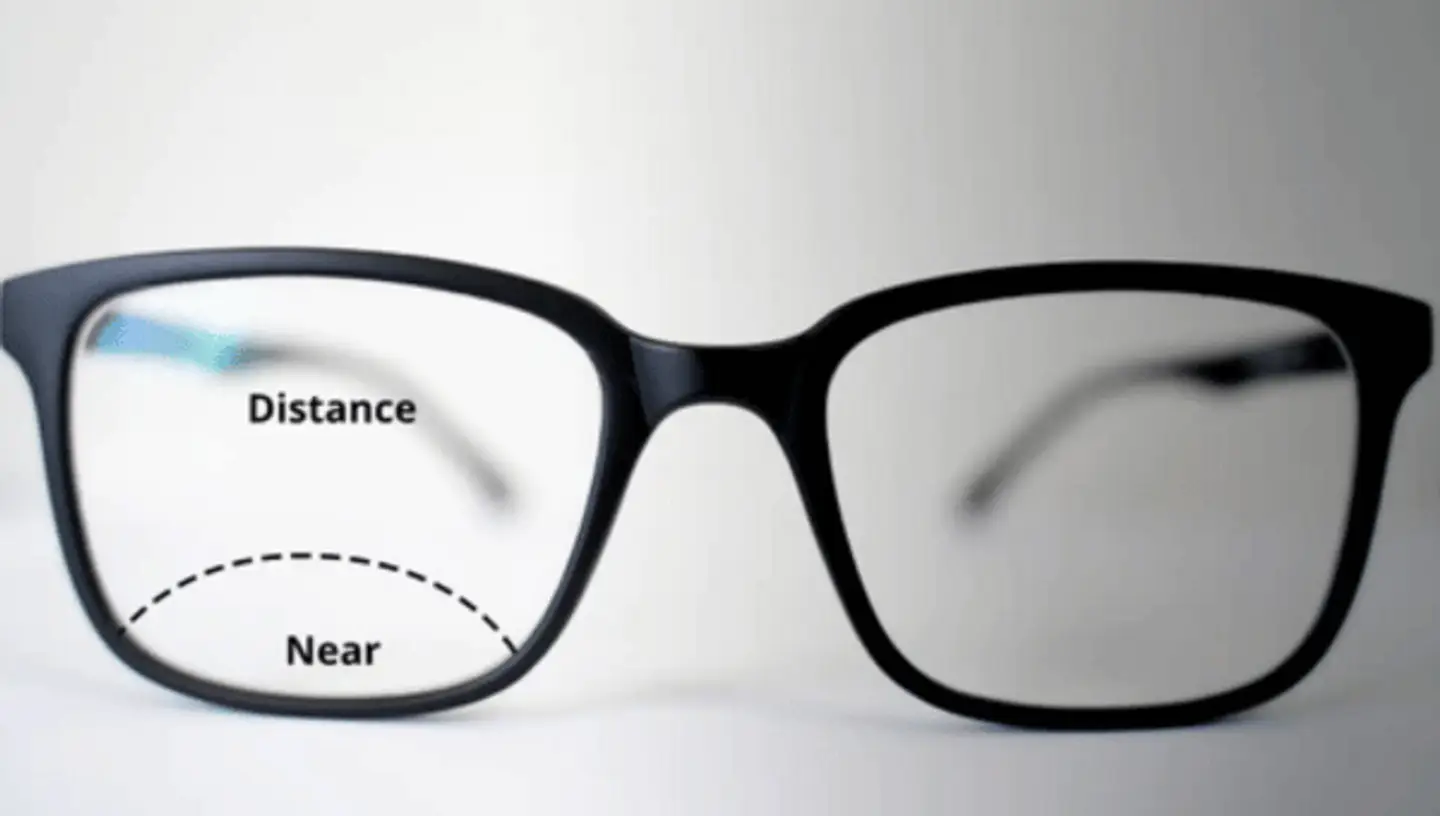Key Takeaways
- Reading glasses are essential for those experiencing presbyopia, helping to reduce eye strain and improve reading comfort.
- Different styles and strengths of reading glasses cater to various needs and preferences.
- Select the perfect pair of reading glasses based on your lifestyle and visual requirements.
Table of Contents
- Why People Need Reading Glasses
- Types of Reading Glasses Available
- How to Choose the Right Reading Glasses
- Measuring Your Eye Strength
- Tips for Optimal Use of Reading Glasses
- Common Myths About Reading Glasses Debunked
- Maintaining Your Reading Glasses
- Frequently Asked Questions
Why People Need Reading Glasses
As we age, many of us experience a gradual decline in our near vision, a condition known as presbyopia. This common issue is due to the hardening of the lens inside the eye, making it more challenging to focus on close objects. This vision change can be frustrating, especially for tasks that require prolonged periods of close-up work, such as reading, sewing, or using a smartphone. Reading glasses can significantly improve your reading experience by providing the necessary magnification to reduce eye strain and enhance clarity. Moreover, most people begin to need reading glasses in their 40s or 50s. This transition often comes as a surprise, but having the right pair of glasses can make a world of difference.
Types of Reading Glasses Available
Different types and magnification levels are available in reading glasses to cater to each person’s unique requirements. Understanding the distinctions can assist in selecting the most appropriate type based on your lifestyle and visual needs. Some of the popular types include:
- Full-Frame Reading Glasses: These cover your entire field of vision and are ideal for prolonged reading sessions. They provide a comprehensive, unobstructed view, perfect for reading a book or working on detailed projects.
- Half-Frame Reading Glasses: Positioned lower on your nose, these allow you to look down for reading and up for distance vision without removing the glasses. This style is handy for individuals who frequently switch between near and far tasks.
- Bifocal and Progressive Readers: These multi-focal lenses offer distance and near correction in one pair, which is convenient for those needing a single solution for different visual tasks. Bifocals have a defined line separating the distance and near vision areas, while progressives offer a seamless transition between the two, providing a more modern and versatile option.
How to Choose the Right Reading Glasses
Selecting the proper reading glasses involves considering your lifestyle and specific visual requirements. Here are some key factors to think about:
- Lens Strength: Your optometrist can help determine the appropriate lens strength based on an eye examination. The prescription typically ranges from +0.75 to +4.00 diopters, increasing in increments of +0.25. The closer the objects you try to read, the higher the magnification you need.
- Frame Style: Choose a frame that fits your face comfortably and reflects your style. Reading glasses come in various shapes, sizes, and materials, so finding a pair that complements your features and suits your fashion sense is crucial.
- Lens Quality: High-quality lenses with an anti-reflective coating can reduce glare and improve visual comfort. This feature is especially beneficial for reading in environments with artificial lighting or digital screens, as it minimizes the strain caused by reflections and light scatter.
Measuring Your Eye Strength
It’s essential to visit an eye care professional to measure your eye strength accurately. During the eye examination, an optometrist will use various tests to evaluate your vision and determine the correct prescription for your reading glasses. These tests may include reading charts, refractive assessments, and lens trials. Additionally, you can use over-the-counter diopter tests as a preliminary measure, but they are not a substitute for professional advice. These tests can give you a general idea of your required magnification, but only an eye care professional can provide a precise and tailored prescription.
Tips for Optimal Use of Reading Glasses
To get the most out of your reading glasses, consider these tips:
- Wear them only for tasks up close to avoid unnecessary eye strain. Using reading glasses for distance tasks can cause discomfort and visual confusion, so switching them out is essential when not doing close-up work.
- Use a microfiber cloth to keep them clean and scratch-free. Regularly cleaning your glasses ensures clear vision and prevents damage from dirt and debris. Microfiber cloths are soft on the lenses and efficiently eliminate fingerprints and dirt.
- When not in use, store your reading glasses in a protective case to prevent damage. This simple habit can extend the lifespan of your reading glasses and keep them in optimal condition. A sturdy case protects the glasses from scratches, impacts, and environmental factors.
Common Myths About Reading Glasses Debunked
There are several myths surrounding reading glasses. For instance, some believe that reading glasses can weaken your eyes over time. However, according to a report by the American Academy of Ophthalmology, this is untrue. Reading glasses merely correct vision; they do not alter the underlying condition of your eyes. Another common myth is that over-the-counter readers are harmful. While they may not match your exact prescription needs, they are generally safe for temporary use and can provide sufficient magnification for reading small print.
Maintaining Your Reading Glasses
Proper care and maintenance of your reading glasses can extend their lifespan and keep your vision clear. Follow these steps to maintain your reading glasses:
- Clean your lenses regularly with a gentle lens cleaner and microfiber cloth. Avoid household cleaners or ammonia products, which can damage the lens coating.
- Refrain from using tissues or paper towels, which may damage the lenses. Instead, use a microfiber cloth or lens wipes designed for eyeglasses.
- Keep your reading glasses in a sturdy case to protect them from accidental damage when not in use. It includes placing them in the case even if you are taking a short break, as it prevents them from getting sat on, stepped on, or exposed to harsh conditions.
Frequently Asked Questions
Below are a few frequently asked questions about reading glasses:
- Can I use over-the-counter reading glasses? It is recommended to seek advice from an eye care specialist to confirm the accurate prescription. Over-the-counter readers are valid for temporary or occasional use, but a tailored prescription from an optometrist can provide better visual clarity and comfort.
- How often should I update my reading glasses? You should check your eyes every two years to determine if your prescription needs updating. Routine eye check-ups can identify alterations in your eyesight and guarantee the ongoing effectiveness of your reading glasses.
- Can I wear reading glasses for computer work? Many people use reading glasses for computer work to reduce eye strain and improve clarity. However, if you spend a lot of time in front of screens, consider getting lenses with a blue light filter to protect your eyes from digital eye strain.
- Stay in touch to get more news & updates on webofbuzz.com!




